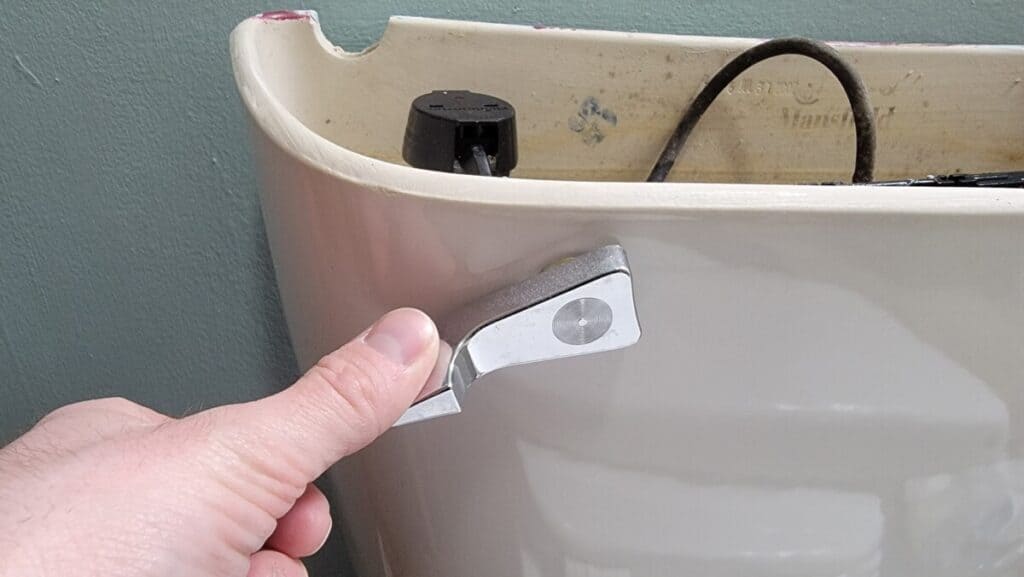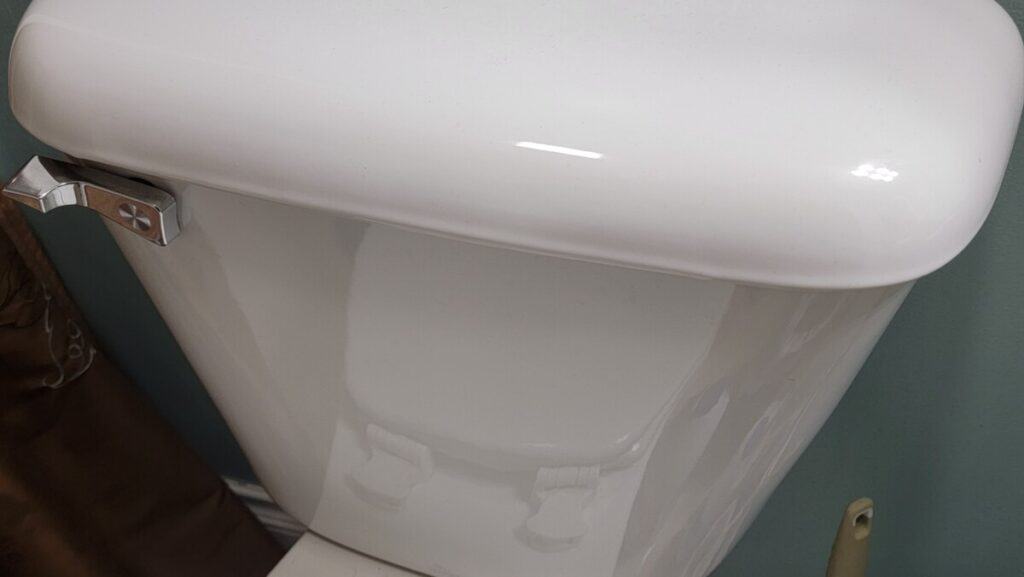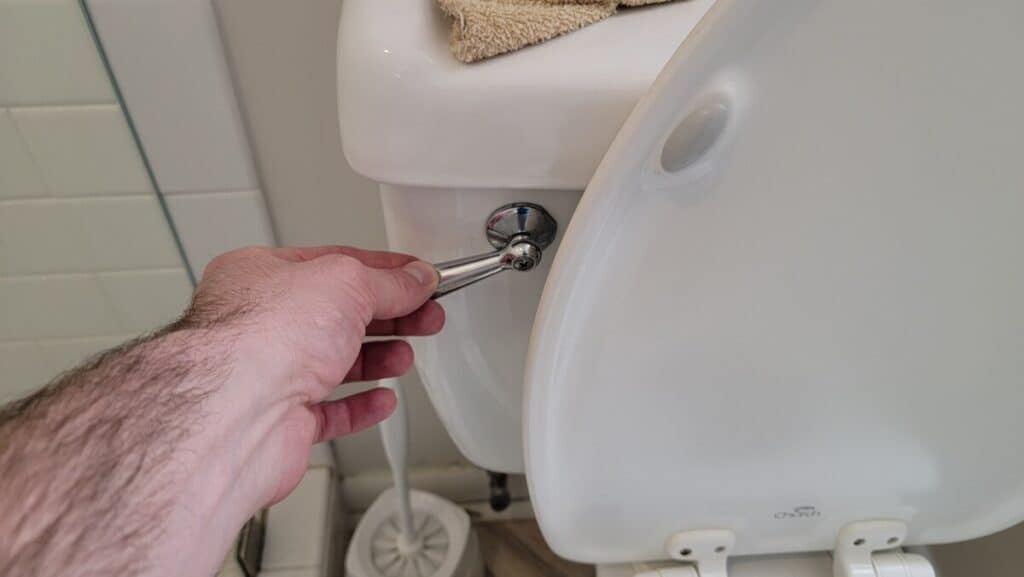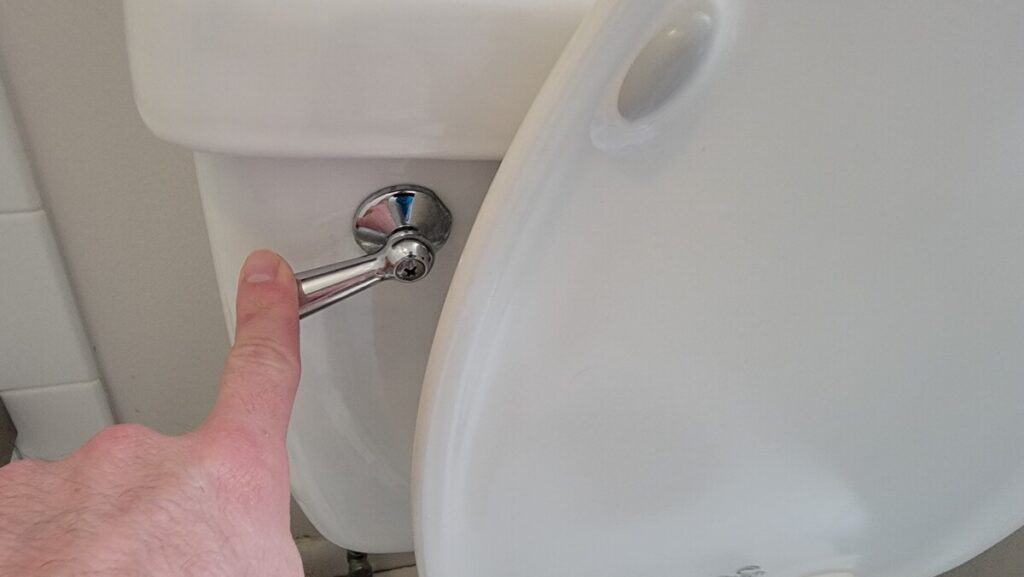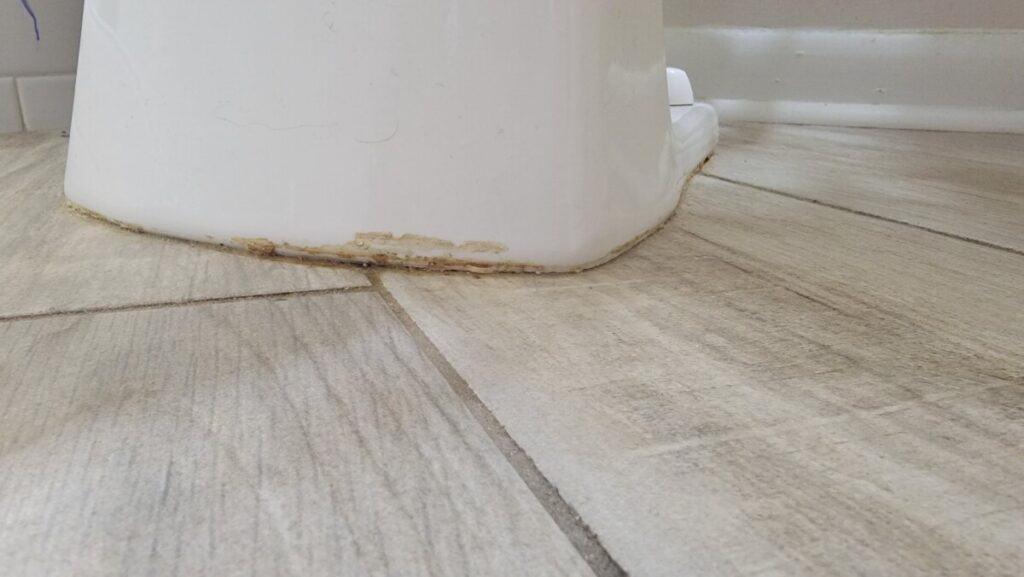Stop the Hiss: Troubleshooting Your Noisy Toilet
If you’ve ever heard a hissing sound coming from your toilet, you may be wondering what’s causing it and how to fix it. The good news is that a hissing toilet is a common problem and is usually easy to fix. Throughout the past decade of my maintenance work at a property with more than 250 toilets, I’ve faced this very issue countless times. In this article, we’ll explore the possible causes of a hissing toilet and what you can do to fix it. Let’s get started!
The Fill Valve
The fill valve is one of the most common causes of a hissing toilet. The fill valve is responsible for refilling the toilet tank after each flush. When the toilet is not in use, the fill valve should be closed, preventing water from flowing into the tank. If the fill valve is not closing properly, it can cause a hissing sound as water squeezes by under high pressure.
To test if the fill valve is the culprit, remove the toilet tank lid and flush the toilet. After the tank has been refilled, listen for a hissing sound. If you hear a hissing sound coming from the fill valve, it’s likely that it’s not closing properly. This can happen when mineral deposits in the water or other debris in the waterline get lodged in the valve assembly and between the rubber seal and the valve.

In this case, you’ll want to try cleaning the valve before replacing.
To clean the fill valve, perform the following steps:
- Turn off the water supply to the toilet
- Press down on the cap of the fill valve and twist counter-clockwise
- Place a cup or bowl over the area where you just removed the cap to contain any spray as you proceed to the next step
- With the bowl or cup over the valve, cycle the water to the toilet on and off a dozen times to help irrigate the valve of any debris or mineral deposits
- Massage the rubber seal with your fingers on the underside of the valve cap that you twisted off to remove any mineral deposits
- Replace the cap, turn on the water to the toilet, and test
If cleaning the valve of mineral buildup and debris does not fix the problem and the sound is clearly coming from the fill valve, then you will need to replace it or have it replaced.
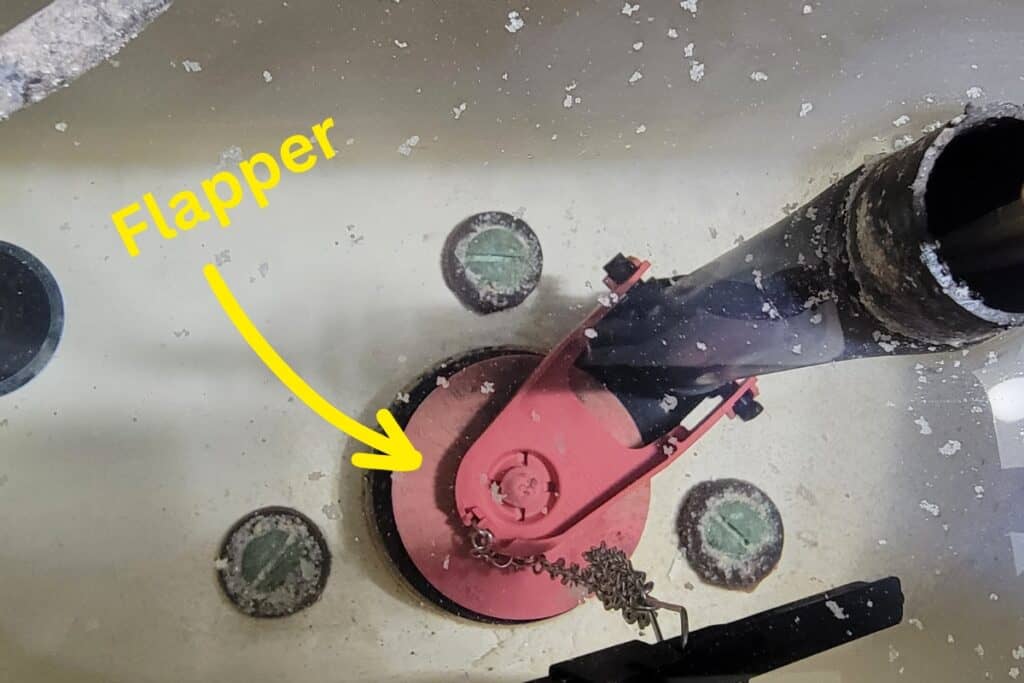
The Flapper
The flapper is another component that can cause a hissing toilet. The flapper is a rubber seal that controls the flow of water from the reservoir tank down to the bowl. Over time, the flapper can become worn, damaged, or covered with mineral deposits which will lead to leaks and a hissing sound as water squeezes by.
To test if the flapper is the culprit, remove the toilet tank lid and flush the toilet. After the tank has refilled, wait a few minutes and listen for a hissing sound. If you hear a hissing sound originating near the flapper, it’s likely that the flapper is not sealing properly.
In this case, you’ll want to try to massage the flapper with your fingers to free any mineral deposits from the water that have formed on it that might be causing it to not seal correctly. If that does not work, you’ll need to replace the flapper.

The Water Supply Line
The water supply line is another potential cause of a hissing toilet. If the water supply line is not fully open, it can cause a hissing sound as water flows through it since the water will be under higher pressure and trying really hard to squeeze by.
To test if the water supply line is the cause of the hissing sound, locate the shut-off valve near the base of the toilet along the wall and turn it off (clockwise turn). Then, flush the toilet and listen for a hissing sound.
If you don’t hear a hissing sound, it’s likely that the water supply line is the cause. In this case, check to make sure that the water supply line is fully open (fully counterclockwise).
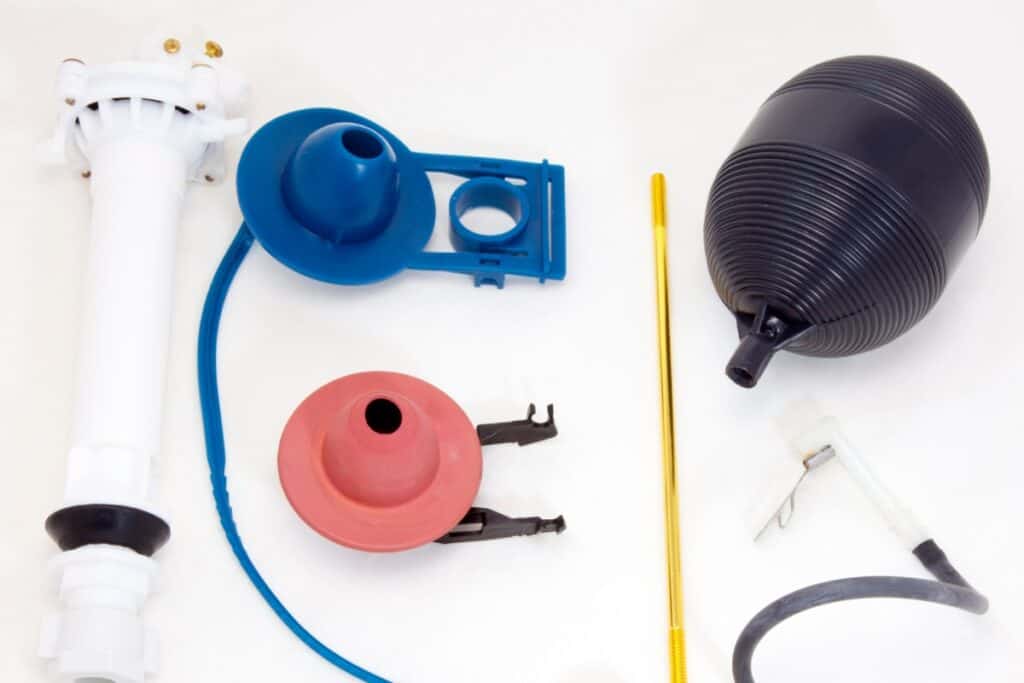
The Ballcock
The ballcock is an older type of fill valve that can also cause a hissing toilet. The ballcock uses a float to control the flow of water into the tank. Over time, the ballcock can become worn or damaged, leading to a hissing sound.
To test if the ballcock is the cause of the hissing sound, locate the shut-off valve near the base of the toilet along the wall and turn it off. Then, flush the toilet and listen for a hissing sound. If you hear a hissing sound, it’s likely that the ballcock is the cause. In this case, you’ll need to replace it.
Other Possible Causes
If none of the above solutions fix the problem, there may be other causes of a hissing toilet. One possibility is that there is a crack in the toilet bowl or tank, causing air to escape and create a hissing sound. Another possibility is that there is a blockage in the toilet’s vent stack, which can cause air to backup and escape through the toilet instead of the roof vent and create a hissing sound.
In these cases, it’s best to call a professional plumber to diagnose and fix the problem.
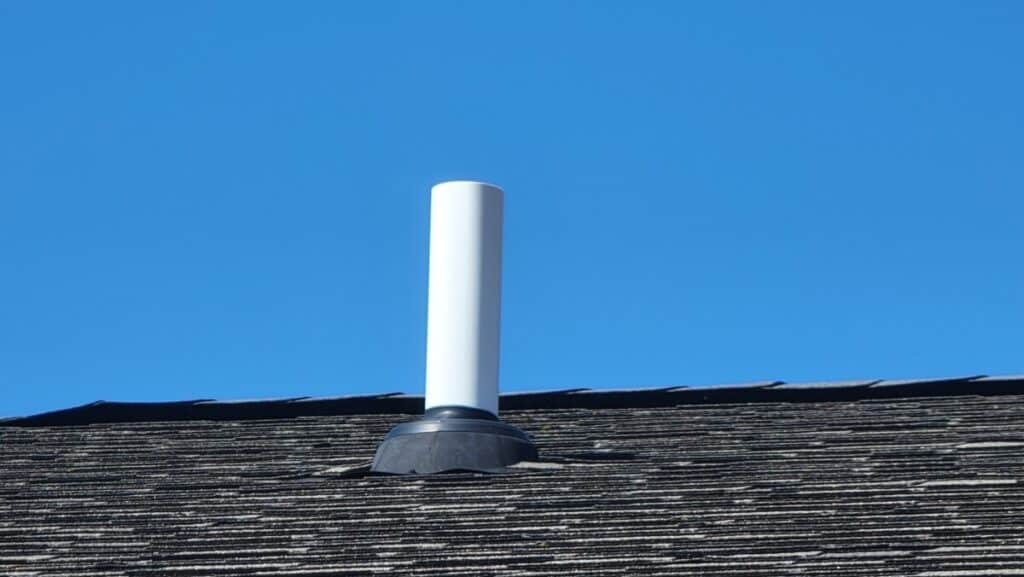
What You Should Do for a Hissing Toilet
A hissing toilet can be a nuisance, but it’s usually easy to fix. The most common solution is to replace the fill valve or flapper, but it’s also important to check the water supply line and ballcock. If none of these solutions fix the problem, it’s best to call a professional plumber or handyman to diagnose and fix the problem.
If you hear a hissing sound coming from your toilet, don’t ignore it. A hissing toilet can waste water and cause your water bill to go up or make your well pump work more than it needs to. By taking the time to diagnose and fix the problem, you can save water and money in the long run.



